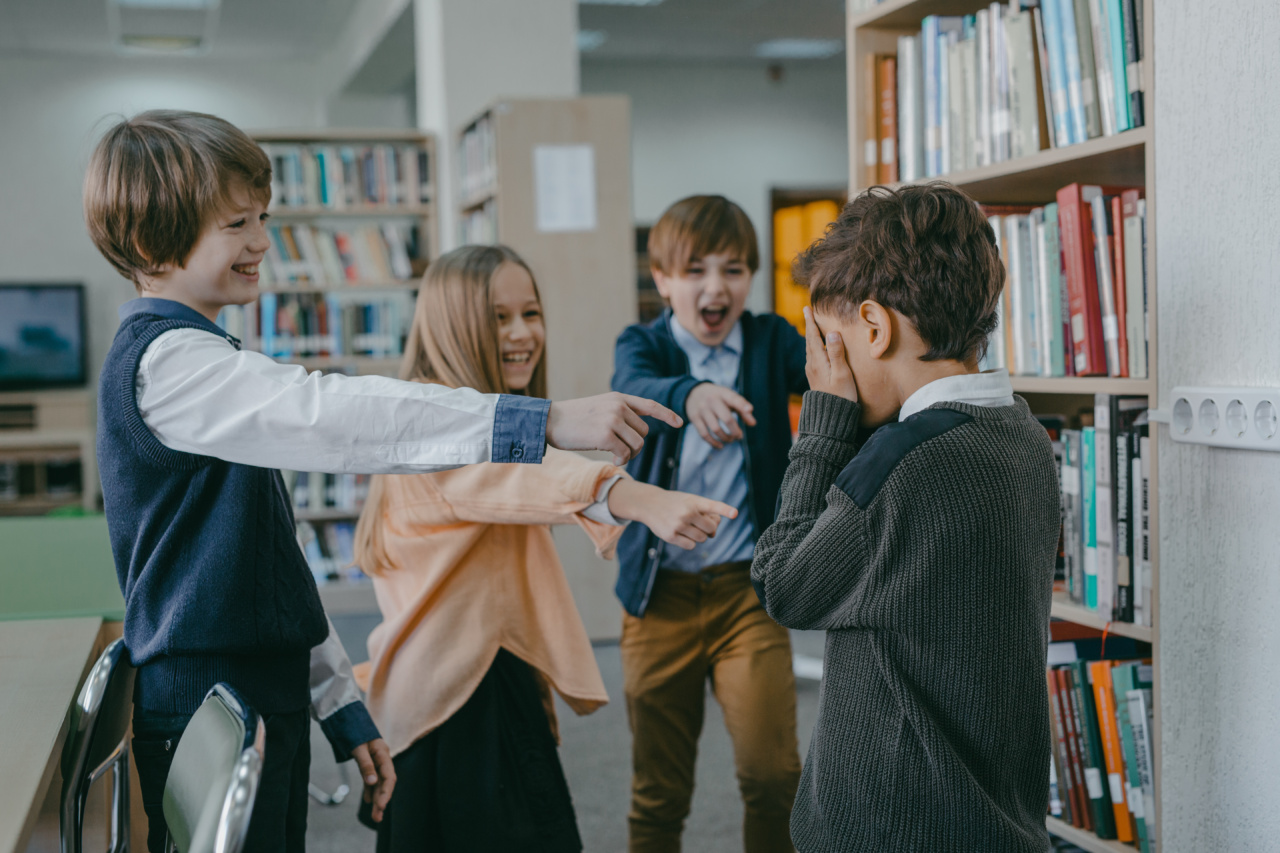Bullying is a pervasive issue that affects individuals of all ages, backgrounds, and walks of life. It is a detrimental act that can have long-lasting effects on both the perpetrators and their victims.
Understanding the various faces of bullying is crucial in creating awareness and finding ways to prevent and address this harmful behavior. In this article, we will delve into the different types of bullies and those who may become their targets.
1. The Physical Bully
A physical bully is someone who engages in aggressive acts of violence or intimidation towards their victims. This could include hitting, kicking, pushing, or any form of direct physical harm.
The physical bully seeks power and dominance through physical force, often preying on those they perceive as weaker or vulnerable.
2. The Verbal Bully
Unlike the physical bully, the verbal bully inflicts harm through words, using insults, mockery, name-calling, or spreading rumors to belittle and humiliate their victims.
Verbal bullies often aim to undermine the self-esteem and social standing of those they target, causing emotional distress and isolation.
3. The Cyber Bully
In this age of technology, cyberbullying has become increasingly prevalent. Cyberbullies use social media platforms, messaging apps, emails, or any digital means to harass, threaten, or spread harmful content about their victims.
The internet provides them with anonymity and an extended reach, making it easier to torment their targets without facing immediate consequences.
4. The Relational Bully
A relational bully focuses on damaging the social relationships of their victims. They may spread rumors, exclude the target from social activities, or manipulate friendships and alliances.
Relational bullies thrive on isolating their victims, making them feel rejected and left out, leading to feelings of loneliness and depression.
5. The Serial Bully
The serial bully is someone who repeatedly engages in bullying behavior against multiple victims. This type of bully often chooses vulnerable targets and uses various tactics to assert power and control over them.
Serial bullies may have a pattern of bullying throughout their lives and tend to lack empathy or remorse for their actions.
6. The Covert Bully
Unlike the overt bullies, covert bullies operate in a more subtle and less noticeable manner.
They engage in passive-aggressive behavior, such as spreading rumors behind closed doors, undermining the victim’s reputation subtly, or sabotaging their efforts without being caught. Covert bullies manipulate situations to hurt their victims, all while appearing innocent or even supportive.
7. The Reactive Victim
While not technically a perpetrator, some individuals can become victims of bullying due to their reactive nature.
These victims often display low self-esteem, passive behavior, or struggle with social skills, making them easy targets for bullies seeking to assert power over them. Reactive victims may unintentionally invite bullying through their behavior, perpetuating a cycle of victimization.
8. The Scapegoat Victim
The scapegoat victim is someone consistently singled out by bullies, often for no apparent reason. They become the primary target and bear the brunt of both physical and verbal abuse.
Scapegoat victims can develop feelings of self-hatred, withdrawal from social interaction, and experience severe emotional distress due to prolonged exposure to bullying.
9. The Bystander
While not directly involved in bullying, bystanders play a crucial role in perpetuating or preventing it. Bystanders witness acts of bullying but do not intervene or offer support to the victim.
They may fear retribution, lack awareness of their role, or simply underestimate the severity of the situation. Educating bystanders about the importance of speaking up is vital in combating bullying.
10. The Empowered Ally
An empowered ally is someone who actively opposes and stands up against bullying. These individuals use their influence, whether as peers, teachers, parents, or community members, to support victims, raise awareness, and encourage change.
Empowered allies play a critical role in creating a safe and inclusive environment, where bullying is no longer tolerated.
Conclusion
Bullying takes on various forms and affects people differently. Recognizing the faces of bullying is the first step towards addressing this issue.
By understanding the different types of bullies and their potential victims, we can work towards creating a society that promotes empathy, respect, and kindness. It is everyone’s responsibility to speak up, intervene, and support victims to put an end to bullying once and for all.






























